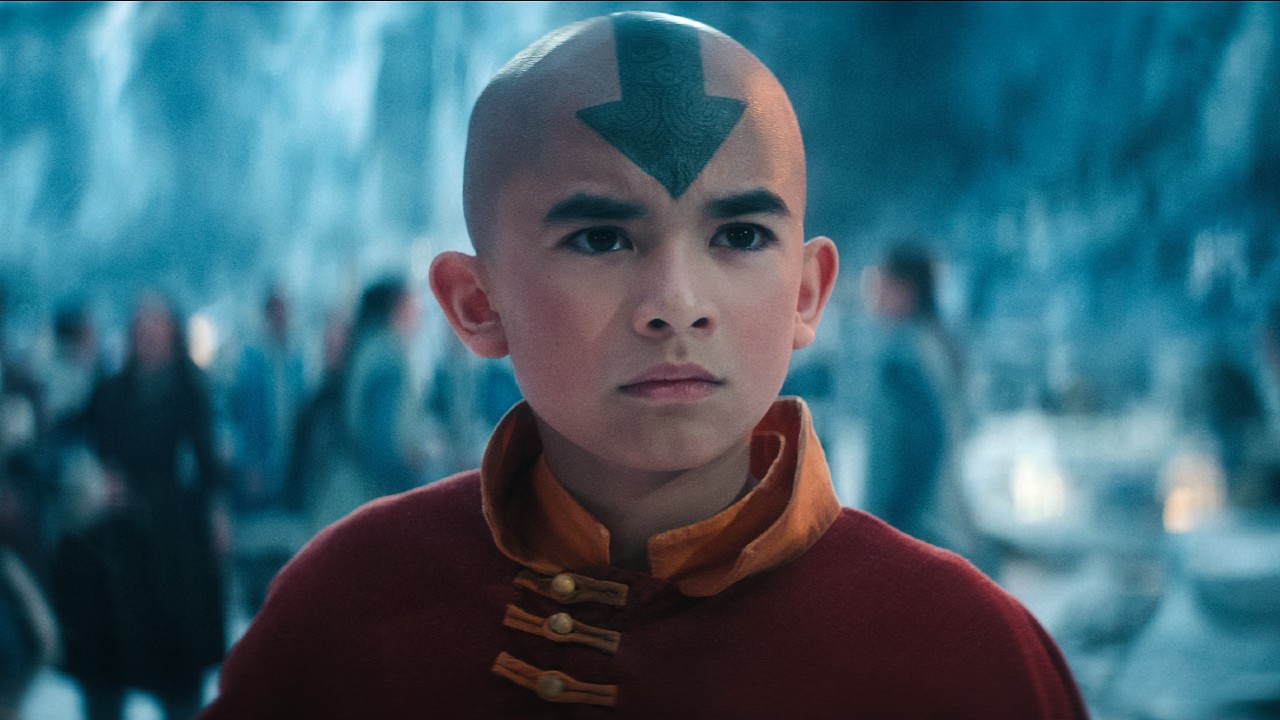Avatar: The Last Airbender’s Showrunner Breaks Down How They Condensed The Animated Series Into An 8-Episode Netflix Drama
How they turned 20 episodes into eight.
Light spoilers are ahead for the live-action Avatar: The Last Airbender. If you want to stream the series, you can do so with a Netflix subscription.
When Avatar: The Last Airbender premiered on the 2024 TV schedule, I’m positive many fans of the animated series took to Netflix to binge-watch this new take on Aang’s adventures. This means those fans also likely took note of the changes made to condense the 20-half-hour episodes that made up the first season of the Nickelodeon show into eight one-hour episodes for the streamer. How did they do that? You might be asking. Well, showrunner Albert Kim broke it all down for CinemaBlend.

How Albert Kim Mapped Out Season 1’s Episodes
Albert Kim told me that the overarching goal of figuring out the story for Season 1 revolved around creating a “serialized drama.” In Season 1 of the animated ATLA, there are a lot of stand-alone episodes, so the challenge for this Netflix series was figuring out how to combine and condense the season into one massive story. Explaining how they did that, Kim told CinemaBlend:
One of the first things I did was put on a big whiteboard all of the episodes of the first season and then wrote out what those storylines were. And then I described it as sort of pulling apart those threads and then re-weaving them to see how we can make it more of a serialized, ongoing narrative for Netflix. And what happens is that when you start looking at those episodes of the first season, you start to see thematic parallels.
Continuing to explain this process, Kim used specific side characters from the Avatar: The Last Airbender cast who have combined storylines in the live-action series. Explaining Jet and The Mechanist’s two individual episodes from the OG show, he said they both had “the right intentions,” but “were pushed to extremes.” Juxtaposing the two stories and putting them in Omashu helped emphasize this idea of how war impacts people and their actions, as he said:
And what was interesting to me is that if you put those two characters, they'd be on opposite sides, they would be in conflict. And so that's what we did, we put them within the same story. And so that's why you see The Mechanist in Omashu, and Jet in Omashu.
Narratively, pulling these strings helped meld some stories and themes together. Kim said they were able to incorporate a few moments from Season 2 of the animated series – like introducing Azula early – for this reason too. However, going through this process also helped the team overcome some practical challenges.

How Practical Challenges Played Into Deciding Which Avatar: The Last Airbender's Storylines Would Be Shown
Along with time being an obvious challenge in making this adaptation, Kim also noted that the live-action hurdles impacted how they condensed the series. Speaking again about The Mechanist and putting him in Omashu instead of the Air Temple, the showrunner told me:
Part of that was also driven, frankly, by practical considerations. I love the mechanist episode in the original at the Northern Air Temple. But it's a massive episode. If you were to do that live-action, we would have blown most of our budget just on that episode. So we had to be a little more practical in terms of where we put our resources.
In this sense, Kim candidly explained that he’s aware these changes might disappoint fans. Giving the example of taking out a moment in Roku’s temple, the showrunner empathized with fans about the challenges of a live-action adaptation and the cuts that come with it, he said:
Your Daily Blend of Entertainment News
Those kinds of cuts I know will be painful for fans, they were painful for me, but it was all with the intention of creating one narrative drive throughout the entire season.
Overall, the changes made to Avatar: The Last Airbender were made with intention, and Kim made the goal of condensing the series clear. They were working to make one full serialized drama that fit into eight episodes, and with that came cuts and merging storylines.
While reviews for the live-action Avatar: The Last Airbender have been mixed, you should decide if these changes and tweaks work for you by streaming all eight episodes on Netflix.

Riley Utley is the Weekend Editor at CinemaBlend. She has written for national publications as well as daily and alt-weekly newspapers in Spokane, Washington, Syracuse, New York and Charleston, South Carolina. She graduated with her master’s degree in arts journalism and communications from the Newhouse School at Syracuse University. Since joining the CB team she has covered numerous TV shows and movies -- including her personal favorite shows Ted Lasso and The Marvelous Mrs. Maisel. She also has followed and consistently written about everything from Taylor Swift to Fire Country, and she's enjoyed every second of it.
